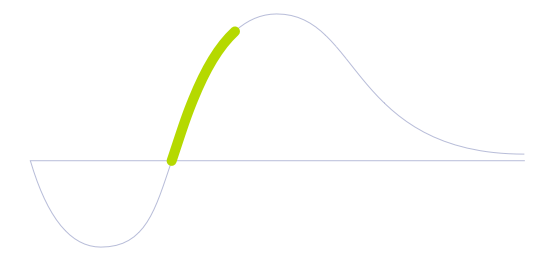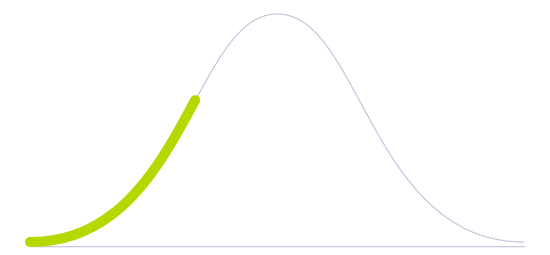Robotic Swarm

Technology Life Cycle
Marked by a rapid increase in technology adoption and market expansion. Innovations are refined, production costs decrease, and the technology gains widespread acceptance and use.

Technology Readiness Level (TRL)
Prototype is fully functional and ready for testing in industrially relevant environment.

Technology Diffusion
Embrace new technologies soon after Innovators. They often have significant influence within their social circles and help validate the practicality of innovations.

Also known as a multi-robot system, this collection of autonomous robots works together in a coordinated manner to achieve a common goal. The technology behind robotic swarms is inspired by the behavior of social insects such as ants and bees, which exhibit complex collective behavior without the need for a centralized control system.
Each robot in a swarm is equipped with sensors and transmission capabilities that allow it to sense its environment and intercommunicate with other robots in the swarm. By sharing information and coordinating their actions, the robots can perform tasks that would be difficult or impossible for a single robot to accomplish.
Robotic swarms have a wide range of applications, from environmental monitoring and disaster response to manufacturing and logistics. For example, a swarm of robots could be used to map the extent of a wildfire, collect data on air quality, or monitor the health of a coral reef. In disaster response, a swarm of robots could be used to search for survivors in a collapsed building or clear debris from a road.
One of the main advantages of this technology is its flexibility and scalability. By adding or removing robots from the swarm, the system can adapt to changing conditions and handle a wide range of tasks. Additionally, robotic swarms perform robustly to individual robot failures, as the swarm as a whole can continue to function even if some robots are damaged or destroyed.
Future Perspectives
Robot swarms might be able to monitor, cultivate, and extract crops on a farm. Operating on a microscale could be useful for maintenance and nano production. For businesses, swarm robots are a building block for the Industrial Internet of Things, predictive analysis, and, ultimately, more efficient operations. Collectively, a swarm of robotic systems can potentially introduce dramatic changes to military operations. Ground, water, and air-based robots could be combined to form swarms, making this strategy relevant for any number of situations - both military and rescue missions.
Since robotic swarms are decentralized by their nature, Blockchain technology is being investigated to make robotic swarm operations more secure and autonomous and provide an infrastructure for ensuring that they follow specified legal and safety regulations as they become increasingly integrated into human society. The three laws of robotics, invented by science fiction writer Isaac Asimov, are designed to prevent robots from harming humans, and they could be formalized by using smart contracts stored in this blockchain.
Image generated by Envisioning using Midjourney